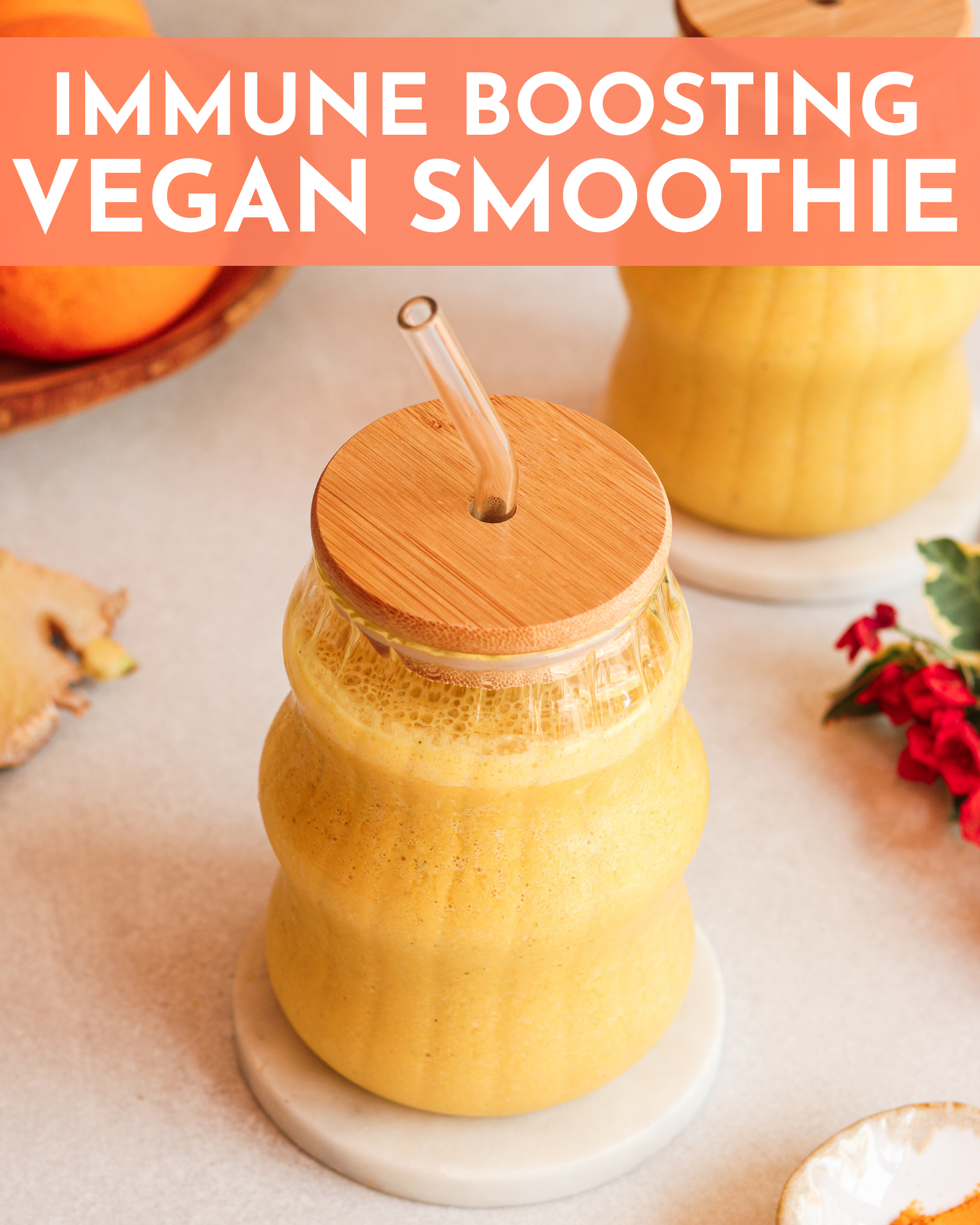Many of you know that Japanese sake is made from rice, but did you know that premium artisan sake is done mostly by hand? Very little machinery is used, which is why this is a true art form. I’m continuing my series on Premium Artisan Japanese Sake and this post is dedicated to telling the story of how the sake is made.
I didn’t think a slideshow was good enough — so I spent 6 hours putting this little movie togther for you. Yes, you heard right…6 glorious hours putting together a 10 minute video. It would have taken another 4 hours if all of the content wasn’t already there from my sake partner-in-crime, Vine Connections.
How Premium Japanese Sake is Made
- (0:30) Just like wine, region matters for Japanese Sake. Each brewer comes from a different prefecture (or region) in Japan and its geography, climate and “recipe” all affect the final product.
- (0:50) In its final bottled form, Japanese Sake is about 80% water, so the purity and quality of the water has a significant impact to the taste of the sake.
- (1:17) The rice used for premium sake is different than table rice – many artisan brewers use Yamada Nishiki rice
- (1:35) It’s all about the rice! See photos of the rice grains – from regular table rice to Ginjo rice to Daiginjo rice. Compare how different they look (shape and color.) Brewers use modern milling machines to remove the unwanted outer layers of the rice.
- (3:00) After milling, the rice kernals are washed, soaked and then steamed
- (3:44) Koji mold is sprinkled onto the rice to start the fermentation process to convert starch to sugar to alcohol. See how it’s done by hand!
- (4:40) Photo of koji and rice after 48 hours – it smells faintly like sweet chestnuts
- (4:50) Moto, a yeast starter is added and over 100 million yeast cells develops in just 1 teaspoon!
- (5:07) Over 4 days, more koji, steamed rice and water is added and stirred by hand with long poles – impressive photo
- (5:22) The carbon dioxide that bubbles up to the surface of the fermenting mixture or “moromi” is mixed back in through a crude foam beater
- (5:33) The moromi is fermented at low temperatures – while industrial sake brewers can finish this in as little as 18 days, artisan brewers can take as long as 32 days to ferment
- (6:00) See an artisan brewer’s sake press. Once the moromi is finished, the sake is pressed through this simple machine called “fune”
- (6:41) An even more extravagent way of pressing sake is simply letting it drip down in hanging cotton bags through its own weight
- (7:10) Extreme Sake?! Yes totally! This sake, called Divine Droplets is drip-pressed in a hand-made igloo built right outside of the brewery
- (7:50) Pasteurization also done simply by hand and in small batches
- (8:07) Learn how to read a sake label – the sake that Vine Connections imports all have a distinct label that tells you region, grade, type of rice and flavor profiles
- (8:48) Fantastic new product called sparkling sake that I love! sake2me is made with premium junmai sake and infused with all-natural flavors.
==
Japanese Sake Posts
Here are other sections that we’ll be covering in the next few weeks
Artisan vs. Mass Produced Chart
Food and Sake Pairing
How to Have Sake Tasting at Home
What’s a fun, modern way to enjoy sake? Sparkling Sake: sake2me
Tasting Notes: Divine Droplets Sake
Tasting Notes: Wandering Poet Sake
Tasting Notes: Snow Maiden Sake





That’s a pretty exhaustive explanation of the process – very interesting! No wonder they cost as much as they do.
My fried i trying to make the koji as I write. The koji is hard to make in an uncontrolled environment due to the variant stains of everything floating in the suspect air… He said it smelled like cheese… Luckily out co-op has koji inoculated rice sold in bulk. whew. Mission to perfect sake bombing is still on track!
Absolutely fascinating. Seeing any artisanal product being made is a real pleasure.
What a great post!
The process of making is like a whole other culinary world by itself. It would be a great experience to taste something that is done so beautifully.
Three words: “Wow”, “wow” and “wow”!
Jaden – You are truly amazing. I don’t know where you found the “extra” 6 hours to do this! I always learn from you and I’m always inspired by you.
I love Japanese sake!
Thank you Jaden! I know everything about sake now… I want to taste!
Jaden, once again an awesome post. My sake knowledge has always been lacking so this sake series you’ve started has really pulled me in. Before all I knew was to drink sake right away since it doesn’t age like wine, and to not drink the hot stuff. You’ve inspired me to start learning more about sake (indeed, it’s how I am spending some of my study and work breaks now).
Jaden,
You have now truly become the perfect woman! 🙂 After dating a woman who runs the best sushi restaurant in Singapore and spending years working for a Japanese company, I love all things sake and have drank beyond my fair share.
I’m lucky as I live in the bay area where there are many options on where to buy great quality sake. I have tried the vast majority of Vine Connections offerings, and quite a few of them are among my favorites.
Looking forward to the release of your book! Can think of some recipes I tested that would be sake perfect!
– Michael